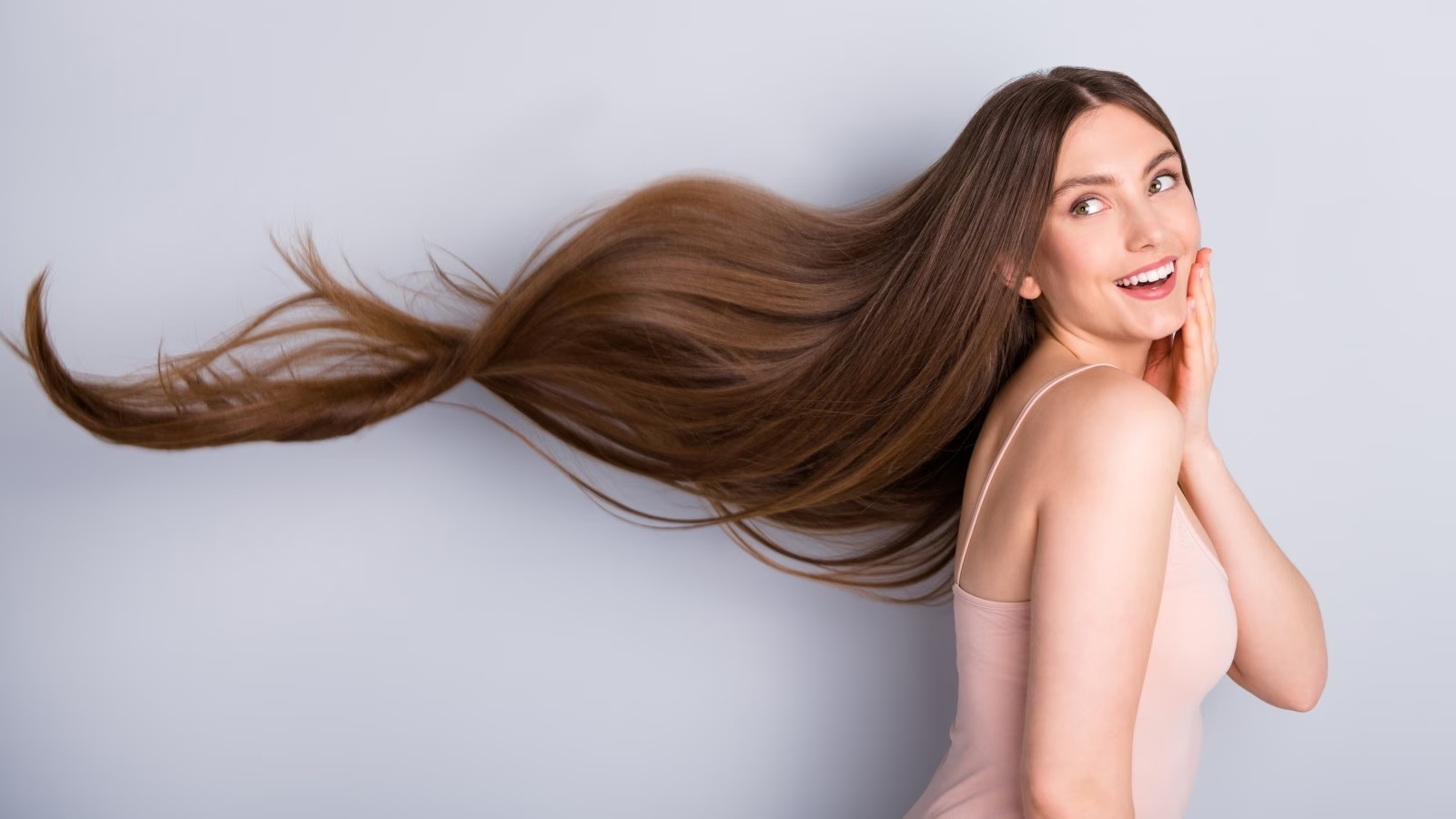
When it comes to our appearance, our hair plays a significant role. It frames our face, adds to our overall style, and can even be a form of self-expression. But there’s more to our hair than meets the eye. In fact, hair is a fascinating and complex part of the human body that holds many surprises. From its growth cycle to its texture and color, our hair tells a story about our health, genetics, and lifestyle.
In this article, we will uncover 9 surprising facts about hair that you probably didn’t know. Whether you’re curious about the science behind hair growth or interested in understanding the role of our hormones in hair health, we’ve got you covered. So, let’s dive in and discover some remarkable facts about this remarkable feature of our body.
Key Takeaways:
- Hair is stronger than you think! It can support more weight than steel and grows faster than you realize. Your hair can even give clues about your health. It’s truly amazing!
- Did you know that blondes have more hair on their heads? And that your hair is super stretchy, like a rubber band? Hair is fascinating and full of surprises!
The average human has about 100,000 hair follicles.
Hair follicles are tiny pockets in the skin from which hair grows. It’s fascinating to think that the human body can support such a large number of hair follicles!
On average, hair grows about half an inch per month.
Have you ever wondered how fast your hair grows? It turns out that hair growth varies from person to person, but the typical rate is around half an inch per month.
Black is the most common hair color in the world.
From jet black to dark brown, black hair is the most widespread hair color globally. It is primarily due to the higher concentration of melanin, the pigment responsible for hair color.
The scientific name for hair loss is alopecia.
Alopecia can refer to partial or complete hair loss on the scalp or any other part of the body. It can be caused by various factors, including genetics, hormonal changes, and medical conditions.
Hair is stronger than steel.
Although hair appears fragile, it’s surprisingly strong. A single strand of hair can actually support up to 100 grams of weight, which is stronger than a strand of steel of the same diameter!
Blondes have more hair, on average.
Contrary to popular belief, blondes tend to have more hair on their heads compared to individuals with other hair colors. However, blonde hair strands are usually finer, giving the illusion of less volume.
Hair is the second-fastest-growing tissue in the body after bone marrow.
Our hair follicles have a remarkable growth rate, trailing only behind bone marrow. This rapid growth is what allows us to grow long hair and experiment with different hairstyles.
Your hair contains information about your health.
Believe it or not, hair can provide valuable insights into your overall health. Certain health conditions, such as vitamin deficiencies or hormonal imbalances, can manifest in changes to the texture, thickness, or appearance of your hair.
Hair is incredibly elastic.
Thanks to its high elasticity, hair can stretch by up to 30% of its original length without breaking. This remarkable property helps prevent hair damage and breakage when styling or brushing.
Conclusion
In conclusion, hair is a fascinating part of our body with many surprising facts. From its growth cycle to its composition, hair plays a significant role in our appearance and well-being. Understanding these facts about hair can help us take better care of it and appreciate the beauty and complexity of this remarkable feature.
FAQs
Q: Why does hair turn gray?
A: Hair turns gray when the pigment-producing cells called melanocytes start producing less melanin. This decrease in melanin production leads to the hair appearing gray or white.
Q: Can cutting your hair make it grow faster?
A: No, cutting your hair does not affect its rate of growth. Hair growth occurs at the scalp level and is not influenced by cutting the ends. Trimming, however, can help remove split ends and improve the overall appearance and health of the hair.
Q: Is it normal to lose hair every day?
A: Yes, it is normal to lose around 50 to 100 strands of hair per day. This shedding is part of the hair’s natural growth cycle and is replaced by new hair follicles.
Q: Can you permanently change the texture of your hair?
A: No, you cannot permanently change the texture of your hair. However, you can temporarily alter the texture using chemical treatments such as perming or straightening.
Q: What causes split ends?
A: Split ends are primarily caused by excessive heat styling, chemical treatments, and mechanical stress on the hair. Lack of moisture and proper hair care can also contribute to the occurrence of split ends.
Q: Does using hair products too often damage the hair?
A: Yes, using hair products excessively can lead to damage. Overuse of styling products, heat styling tools, or harsh chemicals can strip the hair of its natural oils, making it dry, brittle, and prone to breakage.
Q: Can stress cause hair loss?
A: Yes, stress can contribute to temporary hair loss. Intense physical or emotional stress can disrupt the hair growth cycle, leading to excessive shedding. This condition is known as telogen effluvium.
Q: Does hair grow faster in the summer?
A: There is no scientific evidence to suggest that hair grows faster during the summer months. Hair growth is not influenced by seasons but rather by factors such as genetics, overall health, and hormonal changes.
Q: What is the purpose of body hair?
A: Body hair serves several purposes, including providing insulation, protecting the skin from harmful UV rays, and assisting with the evaporation of sweat to cool the body.
Hair's incredible properties and growth cycle make it a fascinating subject. Healthy hair starts with proper care, including using the right hair growth shampoo to promote strength and vitality. Choosing the best hair products tailored to your specific needs can help you achieve optimal results for your locks. Whether you're looking to enhance your hair's appearance or address specific concerns, understanding hair's unique characteristics and investing in the right tools will set you on the path to a healthier, more vibrant mane.
Was this page helpful?
Our commitment to delivering trustworthy and engaging content is at the heart of what we do. Each fact on our site is contributed by real users like you, bringing a wealth of diverse insights and information. To ensure the highest standards of accuracy and reliability, our dedicated editors meticulously review each submission. This process guarantees that the facts we share are not only fascinating but also credible. Trust in our commitment to quality and authenticity as you explore and learn with us.


